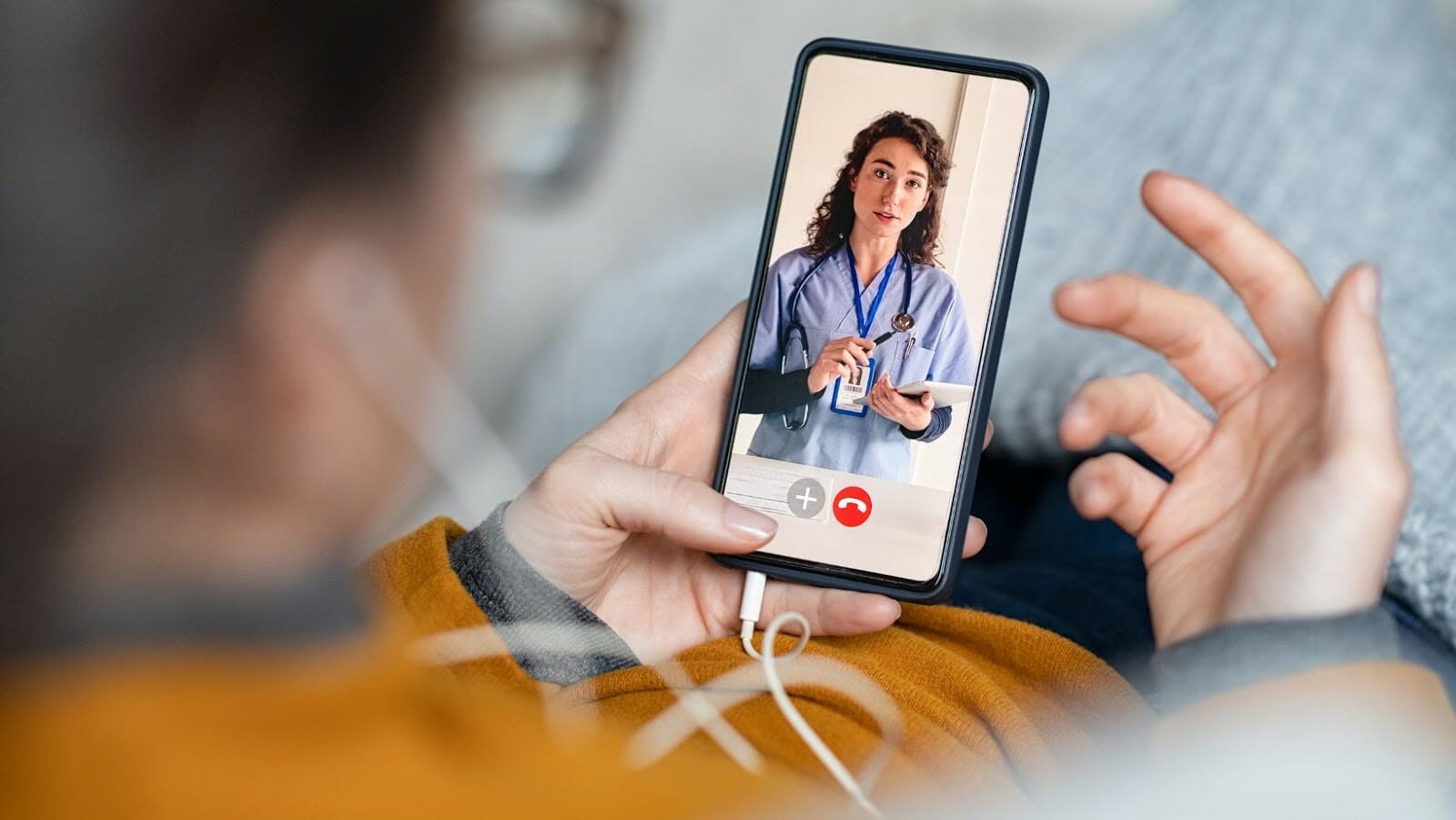Telehealth gained great popularity and began to grow rapidly due to the COVID-19 pandemic. Despite the stabilization of the situation, its growth is not slowing down – there are forecasts that say that in 2023-2030 the size of the telehealth market will grow globally by 24% at a compound annual growth rate from the $83.5 billion it is currently valued at. Let’s take a closer look at what the forecasts say about TeleHealth in 2023.
What does TeleHealth Really Mean?
The term TeleHealth refers to virtual medical services that use communication technologies such as the Internet, streaming media, video conferencing, medical answering services etc., for their purposes.Through TeleHealth, remote interactions between doctors and patients, as well as the delivery of information and prescriptions, are possible in various locations.
Facts and Myths
Since TeleHealth is still a developing industry, which is still seen as a novelty by many people, a lot of myths have accumulated, which are worth verifying as soon as possible.
Telehealth is Too New to be Trusted
Contrary to appearances, the idea of providing health services remotely has not appeared just now. Of course – the pandemic and the need to stay in isolation have greatly increased the visibility of such solutions. The fact is that telehealth treatment already has quite a rich history, the origins that can be traced back to 1726 when there is the first documented reference to a woman who described her condition to a doctor by letter, and also by a letter received diagnoses along with prescriptions.
Certainly, the development of TeleHealth was strongly influenced by the period of the second half of the 19th century in England, when new tools at the time, such as the telephone and the telegram, enabled medical professionals to diagnose patients more accurately at a distance during the Industrial Revolution. This is the time, among other things, of the early beginnings of radiology, thanks to the ability to send X-rays by telegraph.
The real breakthrough is considered to be in 2001, when “Operation Lindbergh,” the first operation performed remotely, took place on September 7.
Today, Telemedicine is a tool that, thanks to its wide application, enables not only simple tasks like online consultation but also complex processes like MRI descriptions. It is thanks to TeleHealth that NASA is able to monitor the vital signs of astronauts while in space.
A Reliable Diagnosis is only Possible After an on-site Examination
Remote diagnosis is unlikely to ever replace a live doctor-patient meeting, but it can be a very helpful addition to the treatment process.
As an example, we have developed an application for our client that supports the process of post-traumatic rehabilitation. After diagnosis, the patient receives his individual therapy session in the app, the idea being to support the patient similarly to a physiotherapist.

With the popularization of many Health Tech and Med Tech solutions, the quality of remote treatment is getting better and will continue to improve. Currently, remote treatment already works in almost half of the cases! Although not every field of medicine can be remotely translated into treatment, TeleHealth’s capabilities greatly improve treatment processes.
Telehealth Services are Dangerous
There are a lot of stringent standards in the Health Tech industry (such as HIPAA) that put patient security and privacy at the top of their priorities. Thanks to them, all sensitive data, that is, data that contains information about a patient’s health, is protected by modern security systems that surpass, in terms of security, many a file. We wrote about the details, regarding the provision of security in the Health Tech industry, in one of our recent articles.
Telemedicine is Not Suitable for Difficult Cases
In the case of life-threatening situations, it is, of course, necessary to appear at the hospital as soon as possible.
However, thanks to telemedicine, the doctor can react even before the ambulance arrives at the patient, which also improves the quality of treatment. Thanks to innovative devices for measuring and analyzing data (ECG recorders or blood pressure monitors are examples), increasingly accurate examinations can be performed without the physical presence of a doctor.
What’s New in TeleHealth in 2023
Medicine needs innovation to bring more and more benefits to all its users. There’s a reason why the TeleHealth industry has been growing exceptionally strong recently – the tightening of the COVID-19 epidemic has proven that doctors should have the tools to analyze their patients’ health, including remotely. What improvements in this area can we expect in the future?
Tele-ICU

Tele-ICU provides remote care for critically ill patients. Using two-way audio, video, and real-time data monitoring, the Tele-ICU is able to effectively reduce mortality among ICU patients. The Tele-ICU market is projected to grow to as much as $5 billion by 2028. This should come as no surprise – with access to vital signs and all the data available in the EHR, the Tele-ICU is able to incredibly speed up the response time of medical professionals to changes in patient health.
Share of AI and ML in Telemedicine
The popularity of and trust in artificial intelligence and machine learning continues to grow, so it’s no surprise that their share in the telehealth industry is also gradually increasing. Since their presence is able to reduce operational costs by up to 30%, healthcare providers are reaching for innovative solutions more and more eagerly. Machine learning brings many benefits to medical institutions in the form of such improvements as patient tracking, appointment scheduling, and personalized treatment plans. To learn more about ML, we recommend taking a look at our recent article on the subject.
More Efficient Chronic Care Management
Chronic diseases now affect one-third of people, so Telehealth places great emphasis on implementing preventive care methods. With easy contact with a doctor that doesn’t require standing in lines and carving out a lot of time associated with commuting, the patient will find it easier to meet with his or her doctor on a regular basis, which can have a positive impact on the patient’s commitment to his or her own health.
EHR Integration
In 2023, the lack of EHR integration will slowly begin to be resolved. It is thanks to it that medical professionals will be able to quickly and easily access patient data and what’s more, patients will also be able to view their health information via any device. Integration with the EHR will streamline the operation of medical units because of the quick insight into medical records, which has the potential to reduce the response time of the need to take care of the patient.
Telehealth Means Care at a Distance
The COVID-19 pandemic quickly introduced transformations in medicine that were, in fact, unavoidable. Of course, technology will probably never replace a doctor’s direct care, but it is capable of greatly improving health systems, positively influencing their speed and efficiency, as well as the comfort of patients. If you have an idea for a Health Tech product, Applover will tell you how to make sure it is as functional and intuitive as possible. After all, Health Tech is about solutions that benefit everyone!


